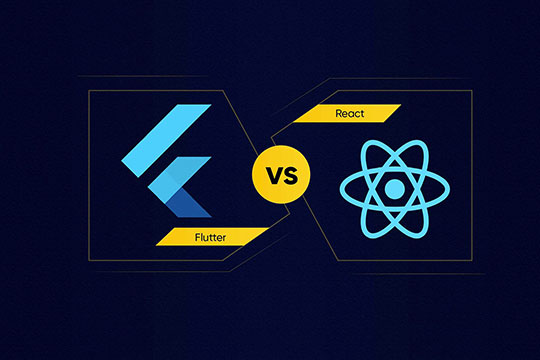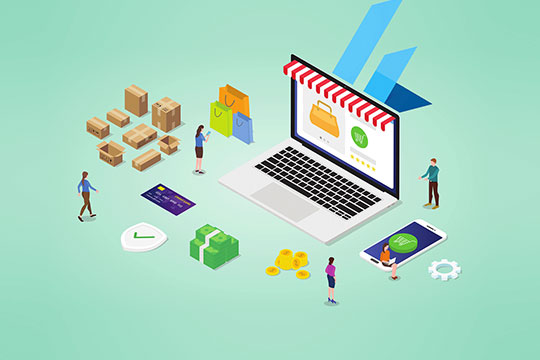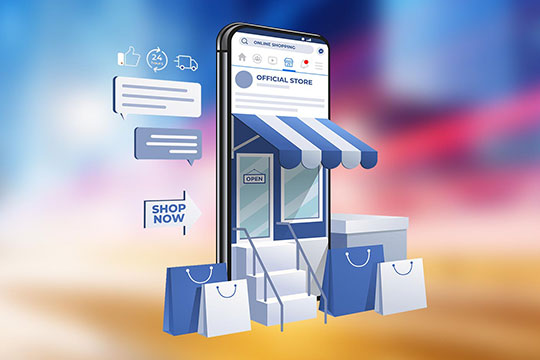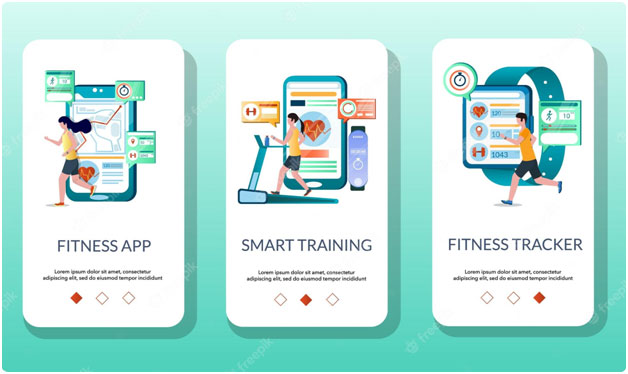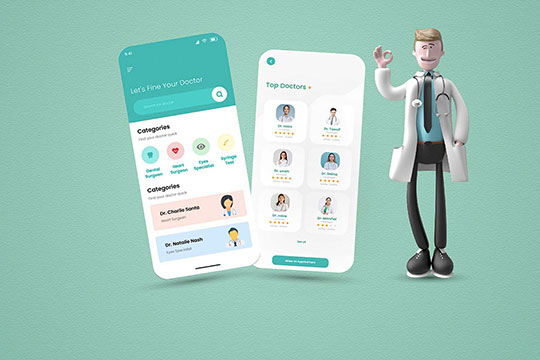Mobile app development has become an essential component of today’s digital world. Businesses are turning to cross-platform frameworks to develop mobile apps in response to the rise of smartphones and the increasing demand for mobile apps. Flutter and React Native have emerged as the most popular choices for building cross-platform mobile apps among the many available options.
Flutter is a Google UI toolkit that allows developers to create high-performance, natively compiled apps for mobile, web, and desktop. Flutter’s widget-centric architecture and reactive programming model enable developers to create visually appealing, responsive, and customizable user interfaces.
React Native, on the other hand, is a JavaScript framework created by Facebook that enables developers to create native mobile apps for iOS and Android from a single codebase. With React Native, developers can write code once and deploy it across multiple platforms, saving time and money.
Choosing between Flutter and React Native can be difficult, particularly if you’re new to mobile app development. We will compare Flutter vs. React Native in this blog post to help you decide which cross-platform framework is best for your next mobile app development project. We will examine the advantages and disadvantages of each framework, taking into account factors such as performance, user interface, development speed, community support, and project requirements. So, whether you’re an experienced developer or just getting started, keep reading to learn which framework is best for your next project.
What is Flutter?
Flutter is an open-source UI toolkit that allows you to create natively compiled apps for mobile, web, and desktop from a single codebase. Google created it in 2017 and it has grown in popularity among developers due to its fast development cycles, beautiful user interfaces, and high-performance capabilities.
Flutter makes use of the Dart programming language, which is designed for client-side development and includes features like strong typing, rubbish collection, and asynchronous programming. It also employs a reactive programming model, which enables developers to create widgets that update automatically when data changes, resulting in a responsive and interactive user interface.
One of Flutter’s key features is its widget-centric architecture, which allows developers to easily create beautiful, customizable, and responsive user interfaces. Flutter includes a plethora of pre-built widgets, such as material design and Cupertino widgets, that can be customised to meet the specific needs of a project.
Another notable advantage of Flutter is its hot-reload feature, which allows developers to see the changes they make to the code in real-time, significantly speeding up the development process. Flutter also integrates seamlessly with well-known development tools and platforms such as Android Studio, Visual Studio Code, and Xcode.
What is React Native?
Facebook created React Native, an open-source mobile application framework, in 2015. It enables developers to create high-performance, native mobile apps for both the iOS and Android platforms using a single JavaScript codebase.
React Native renders UI components using a virtual DOM (Document Object Model), which allows for faster and more efficient app performance when compared to traditional mobile app development frameworks. React Native also has a hot-reloading feature that allows developers to see code changes in real-time, which speeds up the development process.
One of the primary advantages of using React Native is the ability to reuse code across multiple platforms, which saves developers time and resources. Furthermore, React Native allows developers to use existing JavaScript libraries, making integration with other platforms and tools easier.
React Native includes a plethora of pre-built UI components that can be customised to meet the specific requirements of a project. It also offers a robust set of development tools and community support, which can assist developers in quickly troubleshooting issues and finding solutions.
Comparison of Flutter vs React Native
Cross-platform frameworks have grown in popularity in recent years in the world of mobile app development, allowing developers to create high-quality mobile apps that work seamlessly on both the iOS and Android platforms using a single codebase. Flutter and React Native are two of the most popular cross-platform frameworks. In this article, we will compare the advantages and disadvantages of using Flutter vs. React Native for mobile app development, such as performance, user interface, development speed, community support, and project requirements.
Flutter employs the Skia graphics engine, which enables fast and smooth rendering of UI components. React Native, on the other hand, communicates between JavaScript code and native modules via a bridge, which can cause performance issues. Overall, Flutter outperforms React Native, particularly for complex UI designs.
Flutter’s widget-centric architecture provides a wide range of customizable UI components, such as Material Design and Cupertino widgets, allowing developers to easily create beautiful and responsive UIs. React Native has a rich set of pre-built UI components as well, but they are not as customizable as Flutter’s widgets.
Development Time: Flutter’s hot-reload feature allows developers to see changes to the code in real-time, significantly speeding up the development process. React Native has hot-reloading as well, but it is not as efficient as Flutter’s. Furthermore, Flutter’s setup process is simpler than React Native’s, which can save developers time and resources.
Community Support: Both Flutter and React Native have large and active communities, as well as a diverse set of plugins, tools, and resources. Flutter, on the other hand, is a newer framework with a less mature community than React Native, which has been around for several years.
Project Requirements: Choosing the right framework for a project is dependent on the project’s specific requirements. Flutter is a better choice for complex user interface designs and high-performance apps, whereas React Native is better for simple user interface designs and apps that require integration with existing JavaScript libraries.
To summarise, both Flutter and React Native are powerful and versatile cross-platform frameworks that allow developers to easily create high-quality mobile apps. However, the framework chosen is determined by the project’s specific requirements. Developers can choose the right framework for their next mobile app development project by weighing the pros and cons of each framework in terms of performance, user interface, development speed, community support, and project requirements.
Ndimension Labs can assist you in weighing the benefits and drawbacks of each framework in terms of performance, user interface, development speed, community support, and project requirements. We collaborate closely with our clients to understand their specific requirements and to provide tailored solutions that meet their business goals.
Our team of experienced developers can deliver high-quality mobile apps that meet your expectations, whether you use Flutter or React Native. We take pride in our ability to provide cost-effective and timely solutions that assist our clients in achieving their objectives.
Finally, selecting the best cross-platform framework for your next mobile app development project can be difficult. Ndimension Labs has the knowledge and experience to guide you through the decision-making process and deliver exceptional results. Contact us today to discuss your project specifications and learn how we can assist you in achieving your mobile app development objectives.

